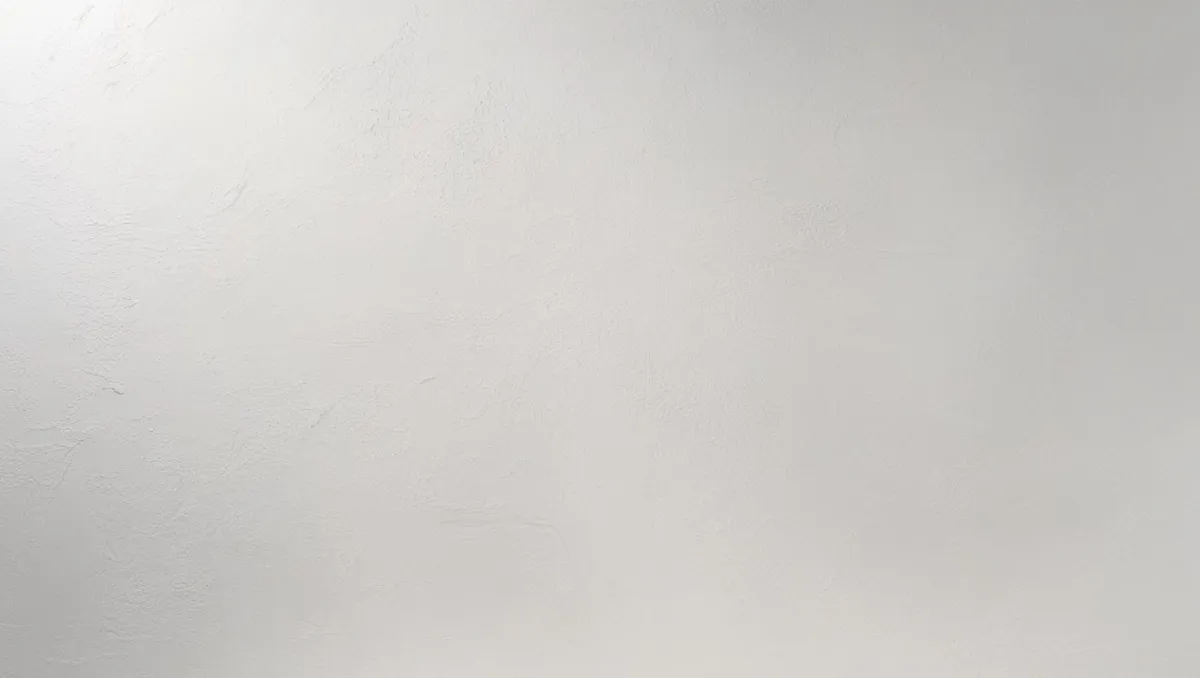
What documents do I need to change accountants?
Once you’ve signed the engagement letter, your new accountant will send a professional clearance letter to your old accountant. This formal handover requests:
Past financial statements
Corporation tax and self-assessment returns
VAT returns and reports
Payroll records, including year-to-date summaries
Bookkeeping data (spreadsheets, software exports, or backups)
Fixed asset registers
Any HMRC correspondence
Your permission is required before this information is shared — usually via the signed engagement letter or separate consent.
Using Cloud Accounting Software?
If you use Xero, QuickBooks, Sage, or FreeAgent:
Your data remains in your account — you just remove your old accountant’s access and invite your new one.
Most information stays intact: bank feeds, invoices, reports, etc.
Even so, some documents (e.g., payroll reports or tax computations) may still sit offline with your previous accountant.
What If There Are Delays?
If you’ve settled all outstanding fees, your old accountant is required to hand over the necessary client-owned documents. They cannot withhold statutory items like:
Tax returns
Financial statements
VAT filings
Payroll submissions
Delays may occur, but your new accountant will usually follow up. If necessary, you can contact the old firm directly or escalate via a professional body.
Should You Keep Your Own Copies?
Yes — always keep a backup. Essential documents include:
Annual accounts
Tax computations and returns
Payroll reports
VAT submissions
Any HMRC letters
Keeping your own archive ensures peace of mind, especially during transitions.
Quick Checklist
From You (to your new accountant):
• Photo ID + proof of address
• Signed engagement letter
• HMRC authorisation form (e.g., 64-8)
• Company registration details
From Your Old Accountant (requested by your new one):
• Financial statements and tax filings
• VAT and payroll records
• Bookkeeping data
• HMRC correspondence
Final Thought
Switching accountants is easier than it sounds. Most of the work happens behind the scenes. All you really need is to provide a few onboarding documents — and the rest will be handled between the professionals. With clear communication and cooperation, your new accountant can pick up where the old one left off — no disruption, and no stress.
